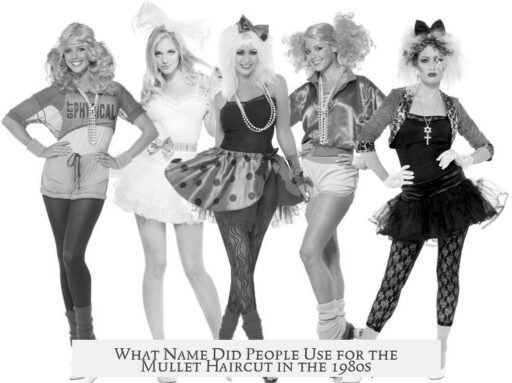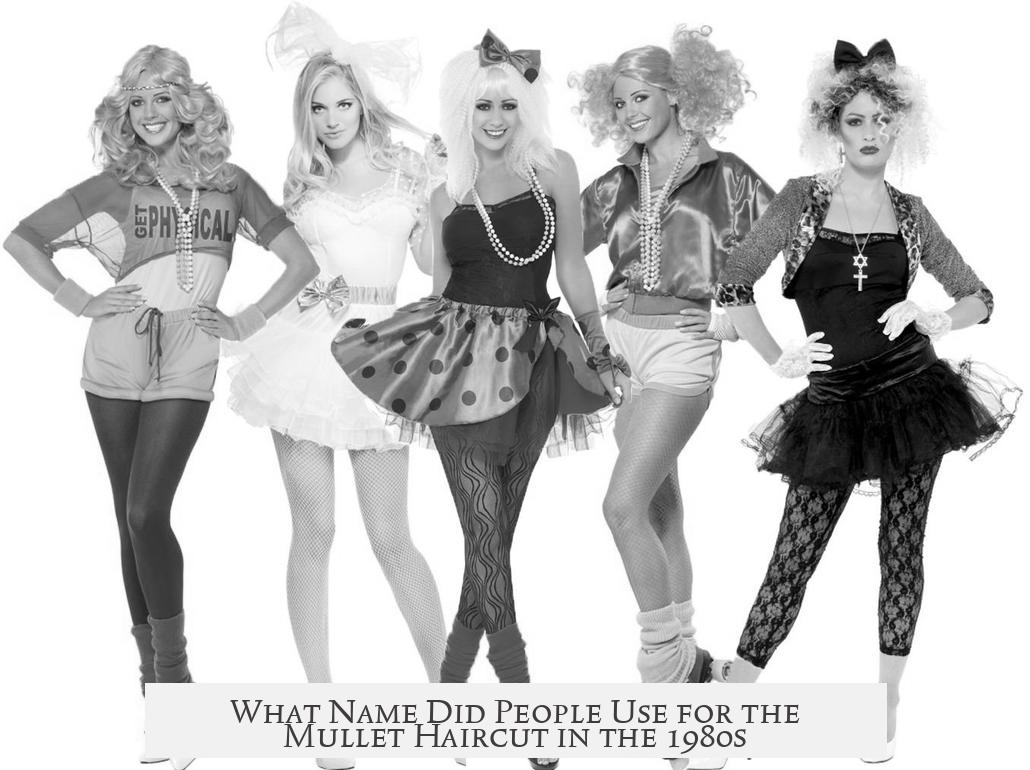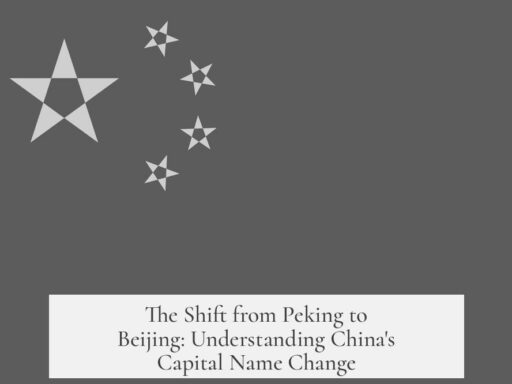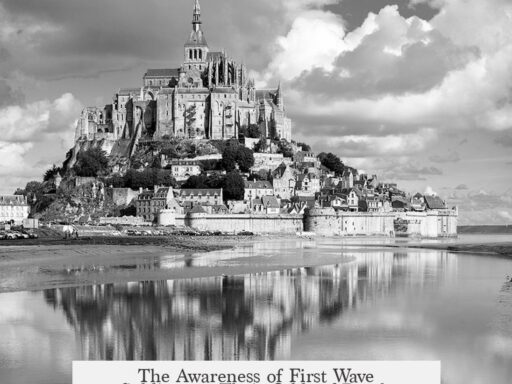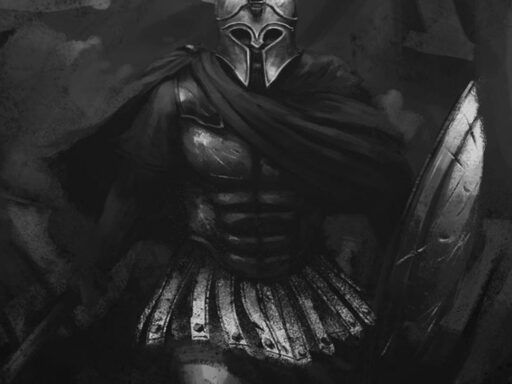The mullet hairstyle in the 1980s was generally just called a “mullet.” The term gained popularity during the late 1980s and early 1990s, but the hairstyle itself had existed earlier. While some slight variations or regional nicknames appeared, no alternative, widely recognized name replaced “mullet” at that time.
The mullet describes a haircut that’s short on the front and sides and long in the back. This contrast made it distinct and memorable. Earlier decades had similar styles, but the label “mullet” became the common term by the ’80s. Celebrities and musicians solidified its cultural presence by sporting this look.
Despite popular belief, the word “mullet” was not a mainstream term for the hairstyle until it was popularized later. In the 1980s, people might have called it by descriptive phrases, such as:
- “Business in the front, party in the back”
- “Hockey hair”
- “Kentucky waterfall”
These names highlight the haircut’s dual nature but were more informal than official. No single nickname dominated outside of “mullet,” which resurfaced fully in the 1990s. Fashion magazines, music videos, and pop culture references helped cement the name.
The hairstyle was visible among rock stars, athletes, and actors. It became a symbol of rebellious or unconventional style. In rural and suburban areas, it sometimes suggested working-class identity. By the 1980s, this cut crossed those social boundaries, appearing everywhere.
In summary, while the mullet hairstyle existed before and during the 1980s, it was mainly known as the “mullet” or described by informal nicknames rather than any unique name exclusive to that decade.
- The term “mullet” became popular in the late ’80s and early ’90s.
- No definitive alternative name prevailed in the 1980s.
- Informal names like “hockey hair” or “Kentucky waterfall” were sometimes used.
- The hairstyle symbolizes a short front, long back cut.
- It was widely worn by musicians and cultural figures in the ’80s.
What Was the Mullet Called in the 80s?
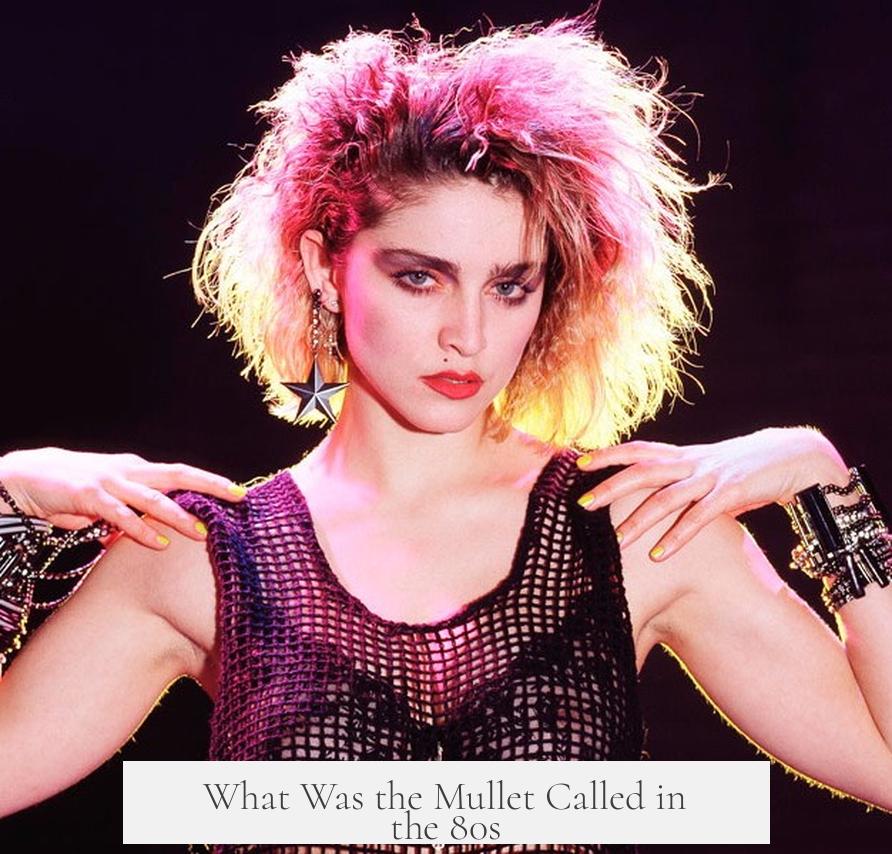
If you’re wondering what the mullet hairstyle was called back in the 1980s, the short and intriguing answer is… it just wasn’t called the mullet. Yes, the iconic hairstyle—short up front, long in the back—had a different vibe in the decade it soared in popularity. So, what did people actually call it? Let’s unravel the mystery with some history, a dash of humor, and a sprinkle of hair trivia.
The 1980s birthed many cultural icons. Neon colors, cassette tapes, and, of course, big hair. The mullet emerged as the maddest hairstyle, blending contrasting vibes: business in the front, party in the back. But oddly enough, the term “mullet” wasn’t a mainstream label then.
“Mullet” as a Word Wasn’t Popular Yet
The hairstyle itself existed, but the cool nickname we use now was nowhere near the 80s’ popular vernacular. Reports and historical threads—like the ones discussed on platforms such as Reddit’s AskHistorians—indicate the term “mullet” to describe that iconic look was coined later, in the 1990s.
In fact, much of the visible content about 80s mullets focuses on community rules and pointers to older discussions, rather than delivering a direct 80s-era name for the style. So, if you were aiming for accuracy, searching old-school magazines or TV shows from the 80s won’t reliably mention the word “mullet.”
What Did People Call the Mullet Then?
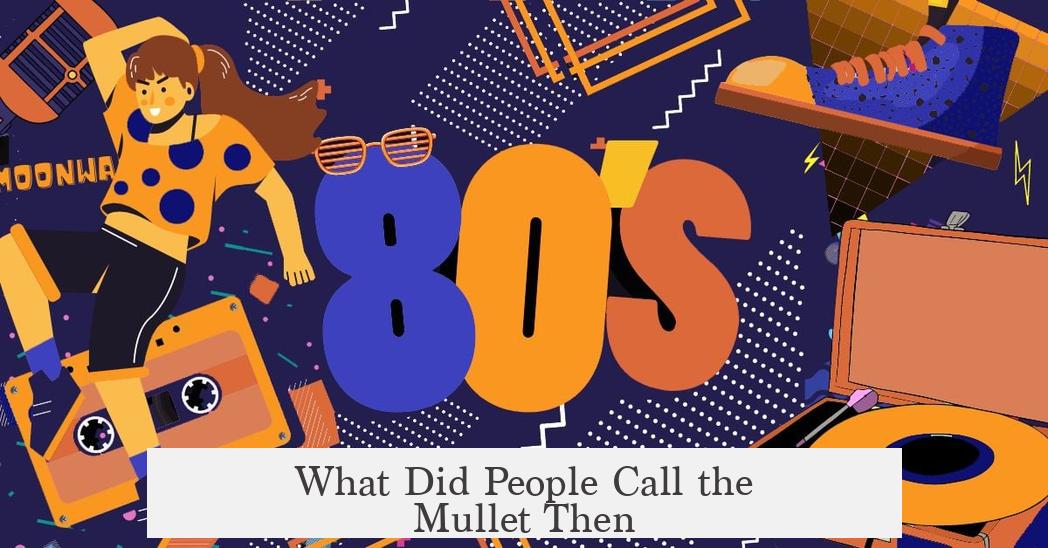
People described the hairstyle by its qualities more than by a catchy title. Nicknames like “business in the front, party in the back” describe the style famously, but that phrase too appeared post-80s as a humorous take on the mullet look.
Back in the day, it was sometimes labeled under broader categories such as:
- “Hockey Hair” — Especially in Canada and among sports circles where players rocked this style.
- “Skater Hair” — The skateboarding subculture claimed a version of the look.
- “Party Cut” — Some called it that, more informally, highlighting its two-faced style.
So while the mullet was everywhere, its naming was less formal. People simply referred to the hairdo as a “long-back” hairstyle or used these descriptive phrases.
Can We Trust the History Though?
“Discussion boards focusing on history note that the term mullet had more of a slang coming-out party in the early 1990s, thanks to artists like the Beastie Boys popularizing it.”
So the very concept of “mullet” as a word is relatively youthful compared to the hairstyle’s age. This shifts our perspective on 80s hair culture: the mullet was there, but calling it by that name was of another generation.
Why Does This Matter?
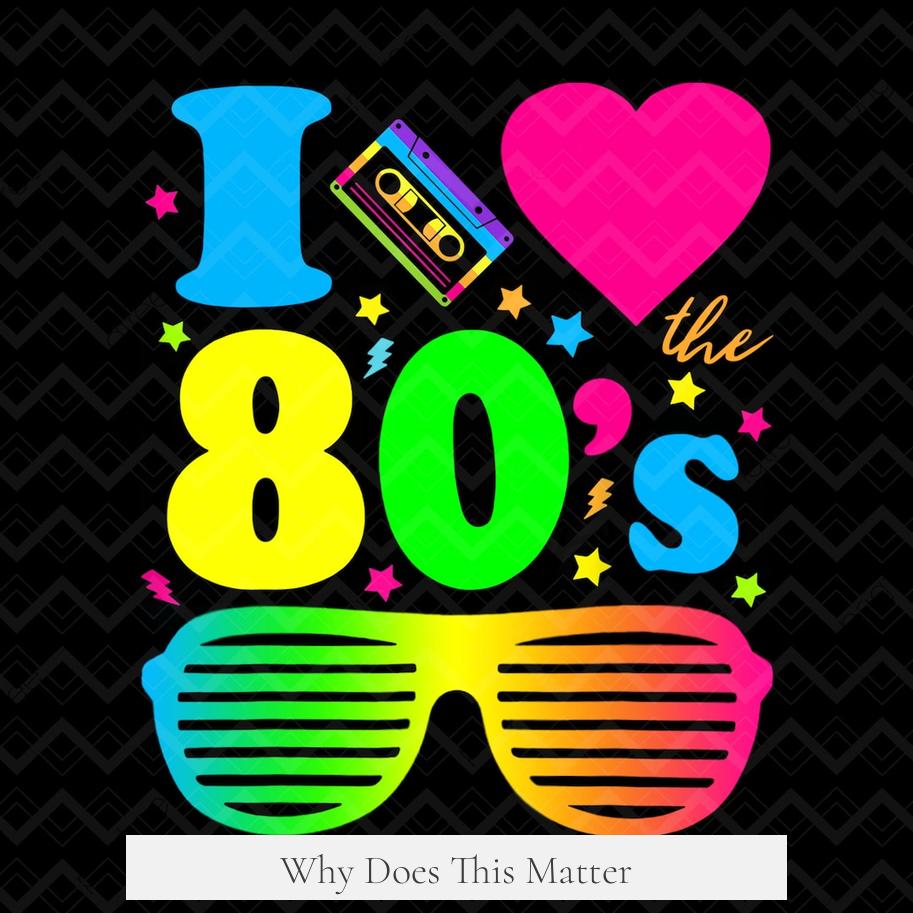
Understanding the naming or lack thereof helps when researching vintage fashion or cultural history. Newbies or nostalgia hunters often assume the word and the style rode into the spotlight simultaneously. They didn’t.
For anyone trying to capture that retro look authentically, this little known fact offers a cultural tidbit to impress friends or spice up a costume party. Instead of shouting “I’m sporting a mullet,” you could boast “Check out my authentic hockey hair, circa 1985!”
More Than Just a Name: The Mullet’s Enduring Charm
Whether called “hockey hair,” “party cut,” or just “the long-back,” the mullet’s essence is timeless. The cut reflects a rebellious mix of mainstream and underground culture—ready for business or ready to dance.
The hairstyle’s quirky spirit made it a staple in music videos, movies, and sports arenas during the decade. Characters from movies like “Better Off Dead” and celebrities like Billy Ray Cyrus embraced the look, even if the word mullet remained backstage.
Wrapping It Up: The 80s’ Mullets Were Nameless Babies
To recap: the mullet hairstyle during the 1980s wasn’t commonly called “mullet.” The word came later, popularized in the 90s through slang and pop culture references. The 80s had the style in full swing but described it through alternative names or simple descriptions.
So, the next time you dig through retro photos or nail a hairstyle for an 80s party, remember—you’re sporting a hairdo with a secret past. It’s the “hockey hair” that laid the groundwork for the stylish mullet you know today.
Curious where the term “mullet” originated or want to dive deeper into the cultural side stories? Some discussion forums, like this historical thread, offer fascinating explorations.
After all, hairstyles are more than just looks. They’re a timeline, a story, and sometimes a puzzle. And the mullet’s 80s chapter? It’s named in whispers, waiting for you to uncover it.
